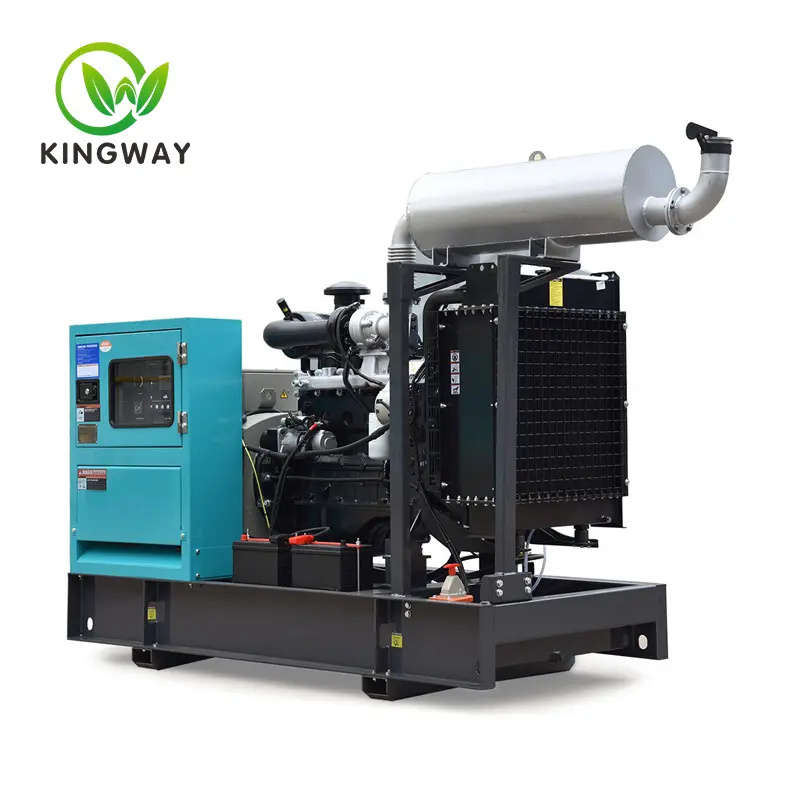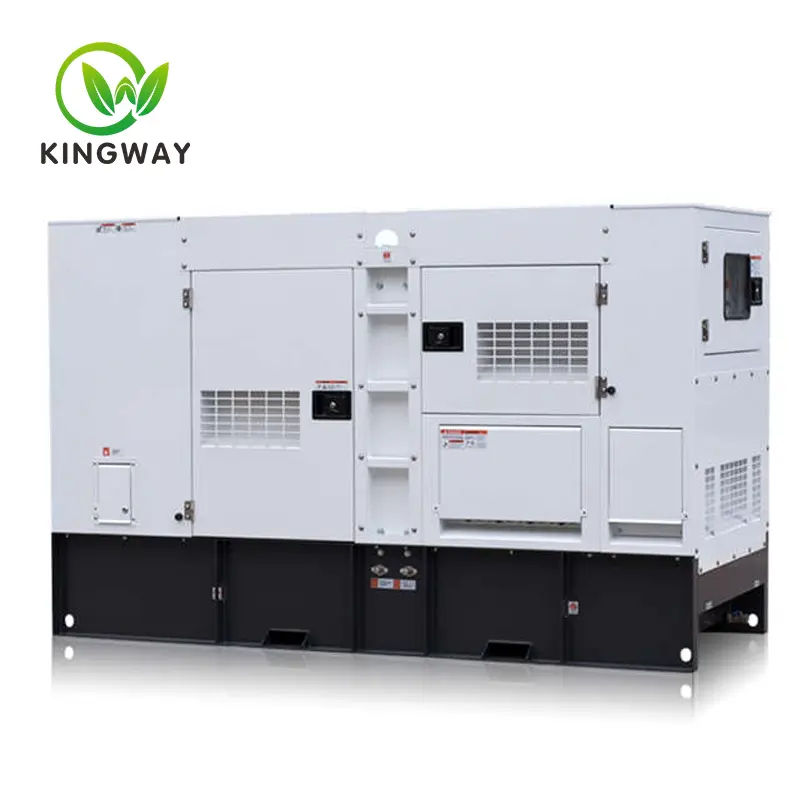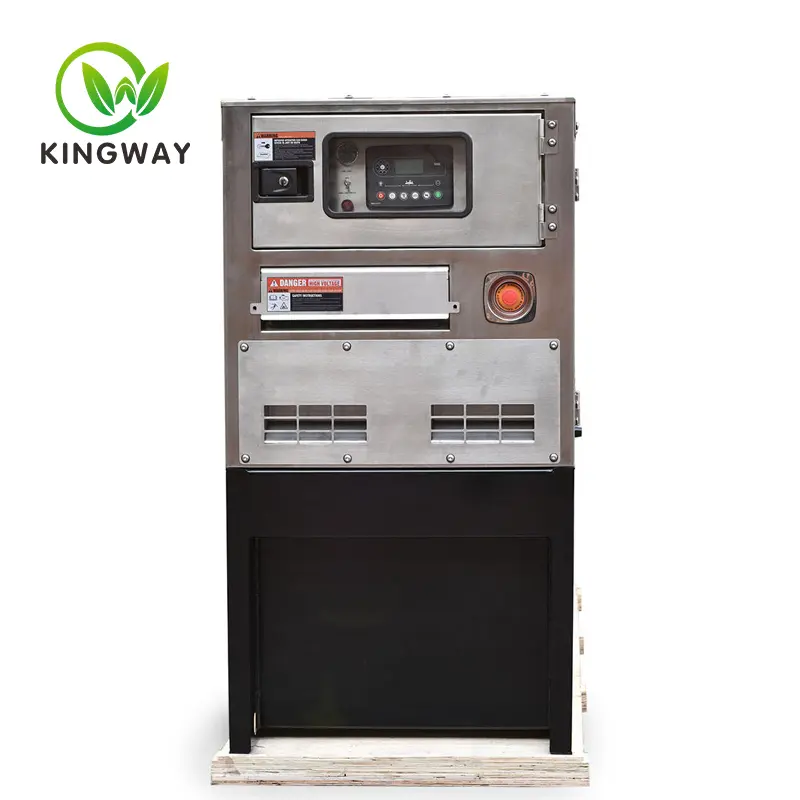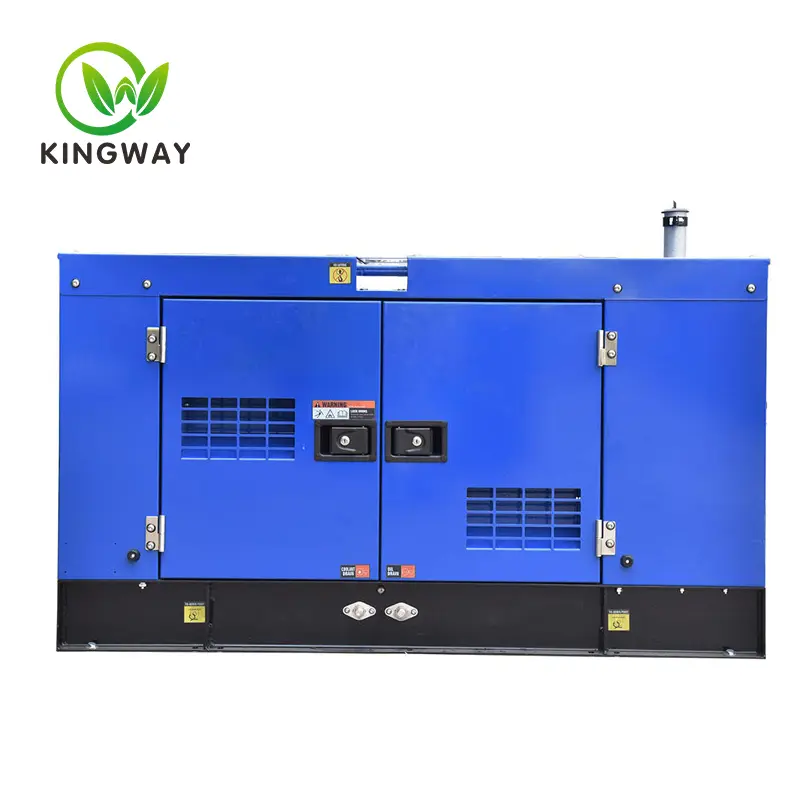What are the installation requirements for diesel generator sets
The installation of diesel generator sets must not be careless. There are many points that need to be paid attention to:
1. Preparation work before unit installation:
1. Transportation of the unit;
When transporting, attention should be paid to tying the lifting rope in an appropriate position and lifting it gently. After the unit is transported to the destination, it should be stored in a warehouse as much as possible. If there is no warehouse and it needs to be stored in the open air, the fuel tank should be elevated to prevent it from being soaked by rain. The tank should be covered with a rainproof tent to prevent it from being exposed to the sun and rain. Damage equipment.
Due to the large size and heavy weight of the unit, the transportation route should be arranged before installation, and a transportation port should be reserved in the machine room. After the unit is moved in, the walls should be repaired and doors and windows should be installed.
2. Unpacking;
Before unpacking, dust should be removed first and the box body should be checked for damage. Verify the box number and quantity, and do not damage the unit when unpacking. The order of unpacking is to fold the top panel first, then remove the side panels. After unpacking, you should do the following:
①. Inventory all units and accessories according to the unit list and packing list;
② Check whether the main dimensions of the unit and accessories are consistent with the drawings;
③. Check whether the unit and accessories are damaged or rusted;
④. If the unit cannot be installed in time after inspection, anti-rust oil should be re-applied to the finishing surface of the disassembled parts for proper protection. Do not rotate the transmission part and lubricating part of the unit before the anti-rust oil is removed. If the anti-rust oil has been removed after inspection, re-apply the anti-rust oil after the inspection.
⑤. The unpacked unit must be stored with care and must be placed horizontally. The flange and various interfaces must be capped and bandaged to prevent rain and dust from infiltrating.
3. Line positioning;
Demarcate the vertical and horizontal datum lines of the unit installation location according to the relationship dimensions between the unit and the center of the wall or column and between the units marked on the unit floor plan. The allowable deviation between the center of the unit and the center of the wall or column is 20mm, and the allowable deviation between the units is 10mm.
4. Check that the equipment is ready for installation;
Check the equipment, understand the design content and construction drawings, prepare the materials required according to the design drawings, and deliver the materials to the construction site in order according to the construction.
If there are no design drawings, you should refer to the instructions and determine the size and location of the civil construction plane according to the purpose and installation requirements of the equipment, taking into account the water source, power supply, maintenance and usage conditions, and draw a unit layout plan.
5. Prepare lifting equipment and installation tools;
2. Installation of the unit:
1. Measure the vertical and horizontal center lines of the foundation and the unit;
Before the unit is in place, the vertical and horizontal center lines of the foundation, the unit, and the positioning line of the shock absorber should be drawn according to the drawings.
2. Hoisting unit;
When hoisting, a steel wire rope of sufficient strength should be used at the lifting position of the unit. It should not be placed on the shaft. It should also prevent damage to the oil pipe and dial. Lift the unit as required, align it with the center line of the foundation and the shock absorber, and level the unit. .
3. Unit leveling;
Use the shims to level the machine. The installation accuracy is 0.1mm per meter in longitudinal and transverse horizontal deviations. There should be no gap between the pad iron and the machine base to ensure even stress.
4. Installation of exhaust pipes;
Exposed parts of the exhaust pipe should not come into contact with wood or other flammable materials. The extension of the smoke pipe must allow thermal expansion to occur, and the smoke pipe must prevent rainwater from entering.
⑴. Horizontal overhead: The advantages are fewer turns and low resistance; the disadvantages are poor indoor heat dissipation and high temperature in the computer room.
⑵. Laying in trenches: The advantage is good indoor heat dissipation; the disadvantages are many turns and high resistance.
The exhaust pipe of the unit has a high temperature. In order to prevent the operator from being scalded and reduce the increase in temperature of the machine room caused by radiant heat, it is advisable to carry out thermal insulation treatment. The thermal insulation and heat-resistant material can be wrapped with glass fiber or aluminum silicate, which can insulate and reduce the temperature of the machine room. noise effect.
3. Installation of exhaust system:
1. The working definition of the exhaust system of the diesel generator set refers to the exhaust pipe connected from the engine exhaust port to the engine room after the diesel generator set is installed on the machine room.
2. The exhaust system of the diesel generator set includes the standard muffler, bellows, flange, elbow, gasket and exhaust pipe connected to the engine room outside the engine room.
The exhaust system should reduce the number of elbows and shorten the total length of the exhaust pipe as much as possible, otherwise the exhaust pipe pressure of the unit will increase. This will cause the unit to produce excessive power loss, which will affect the normal operation of the unit and reduce the normal service life of the unit. The exhaust pipe diameter specified in the technical data of the diesel generator set is generally based on the total length of the exhaust pipe being 6m and the installation of at most one elbow and one muffler. When the exhaust system exceeds the specified length and number of elbows during actual installation, the exhaust pipe diameter should be appropriately increased. The extent of the increase depends on the total length of the exhaust pipe and the number of elbows. The first section of piping from the unit's supercharger exhaust manifold must contain a flexible bellows section. The bellows has been supplied to the customer. The second section of the exhaust pipe should be elastically supported to avoid unreasonable installation of the exhaust pipe or additional lateral stress and stress caused by relative displacement of the exhaust system due to thermal effects when the unit is running. Compressive stress is added to the unit, and all supporting mechanisms and suspension devices of the exhaust pipe should have a certain degree of elasticity.When there is more than one unit in the machine room, remember that the exhaust system of each unit should be designed and installed independently. It is never allowed to allow different units to share an exhaust pipe to avoid abnormal fluctuations caused by different exhaust pressures of different units when the unit is running, increase the exhaust pressure and prevent waste smoke and exhaust gas from flowing back through the shared pipe, affecting The normal power output of the unit may even cause damage to the unit.
4. Installation of electrical system:
1. Cable laying method
There are several ways to lay cables: directly buried in the ground, using cable trenches and laying along walls.
2. Selection of cable laying path
When choosing a cable laying path, the following principles should be considered:
⑴. The power path is the shortest and has the fewest turns;
⑵. Keep the cables from being damaged by mechanical, chemical, ground current and other factors as much as possible;
⑶. The heat dissipation conditions should be good;
⑷. Try to avoid crossing with other pipelines;
⑸. Avoid planned areas where soil is to be excavated.
3. General requirements for cable laying
When laying cables, you must comply with the planning and design requirements of relevant technical regulations.
⑴. If the laying conditions permit, a 1.5%~2% margin can be considered for the cable length.











